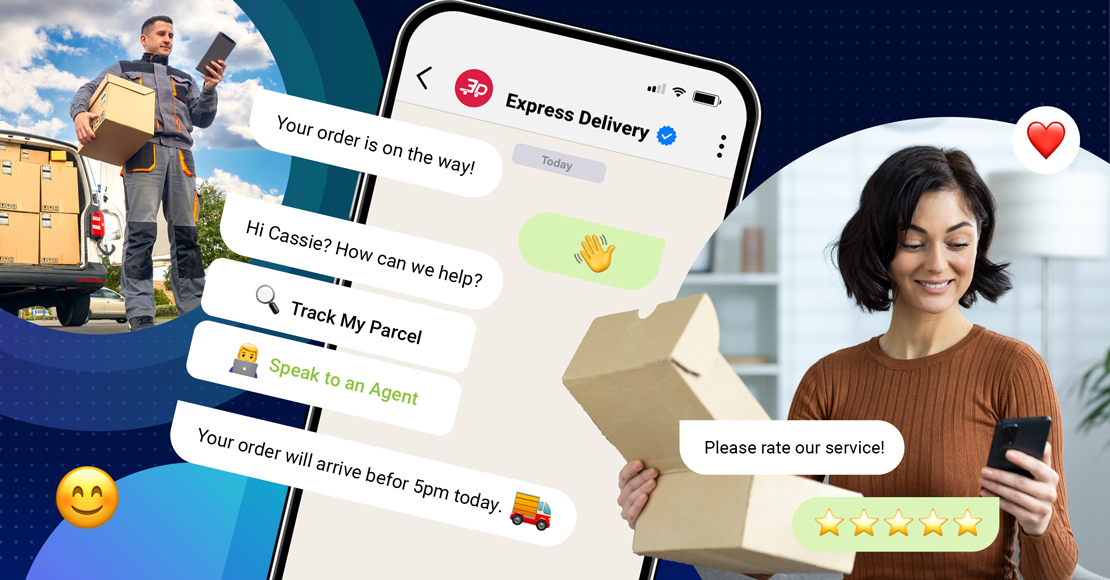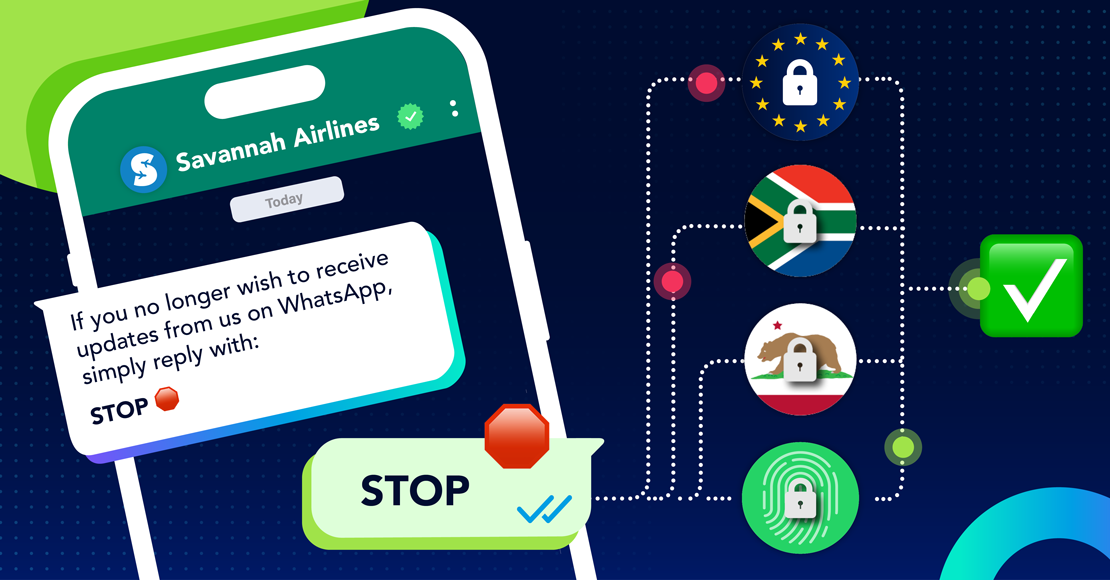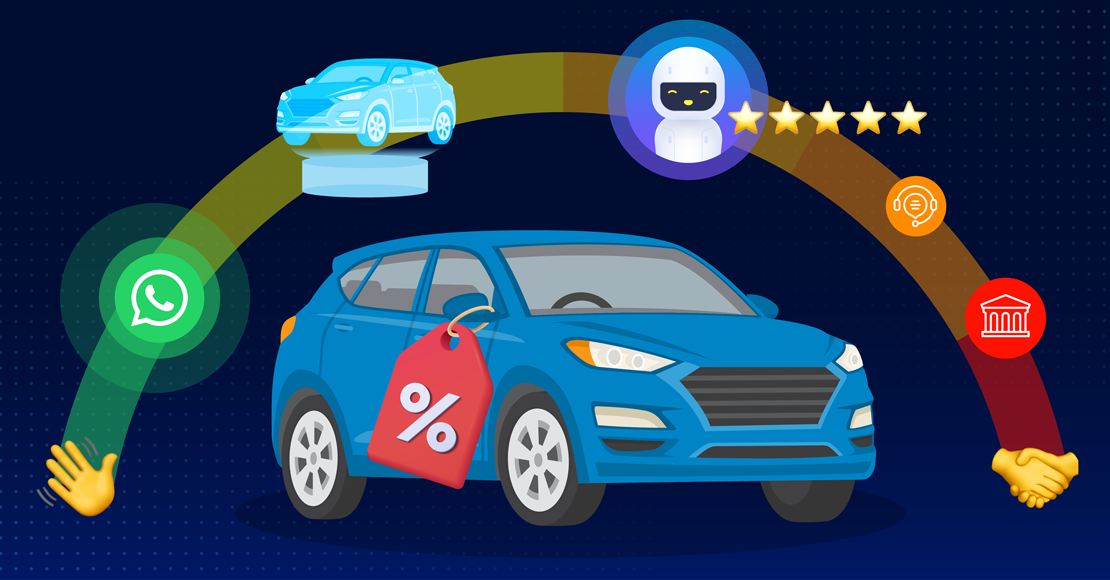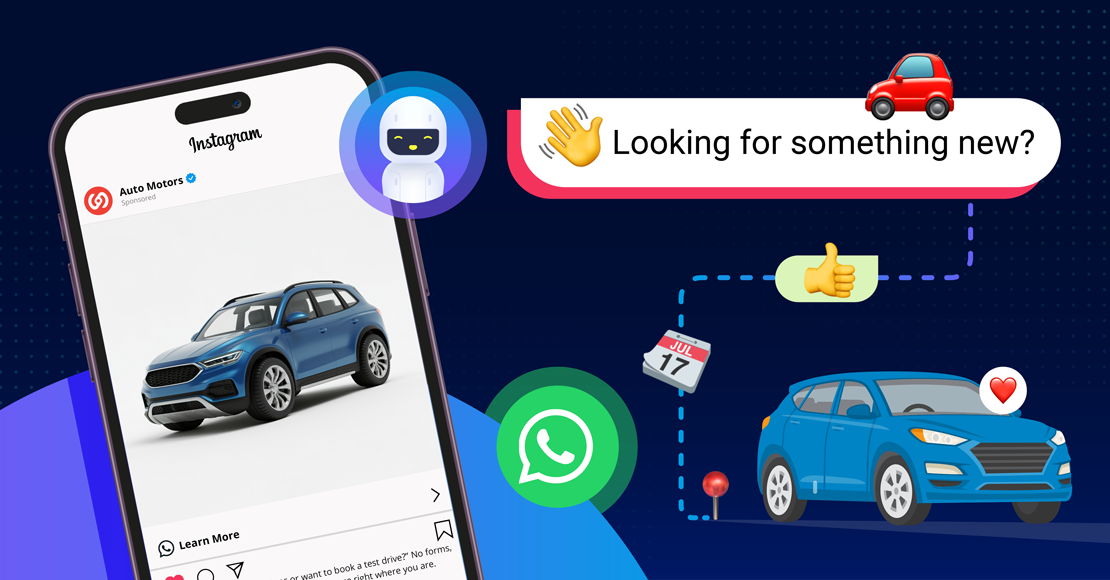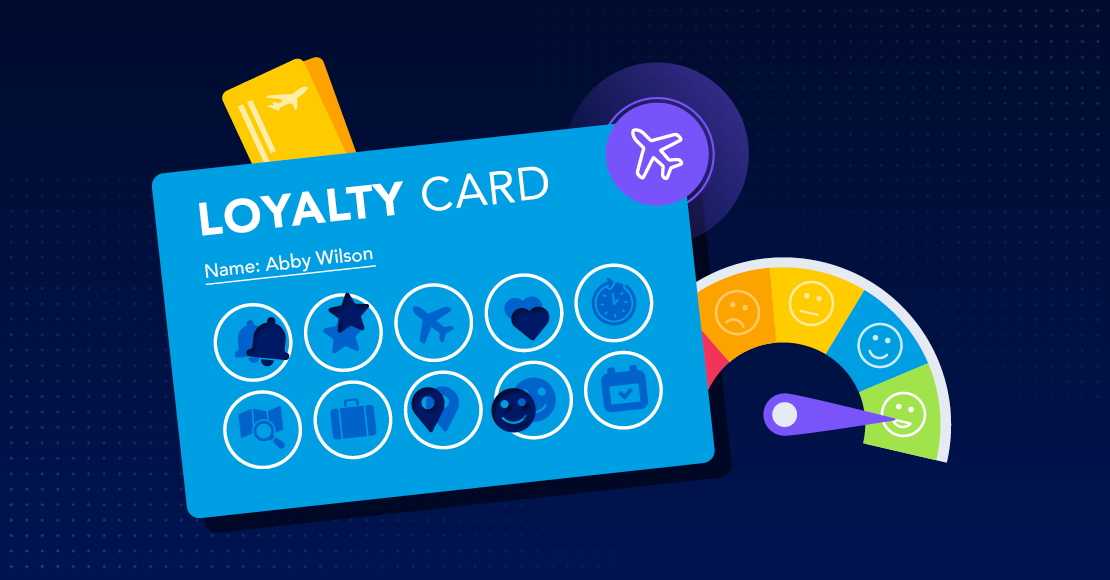
The data is clear—winning airline customer loyalty is a must for frequent flyers and occasional travelers alike.
The airline loyalty program has a long history. Yet recent research cites an industry average of 43% loyalty program participation today, with many using their points to the fullest by booking airfare, hotel rooms, and rental cars with program-supported brands. And, because many loyalty program subscribers accrue points and miles by making non-travel purchases (typically using credit cards with miles- and points-based rewards), these programs represent valuable, critical assets for airlines.
But how can travel brands combine the power of airline loyalty programs with customer engagement innovations—like chat commerce—to achieve peak traveler loyalty? We’re breaking down six tactics for retention, customer experience, and chat commerce to help airlines retain (and reward) their most valued clients.
In this guide:
Develop and promote loyalty programs with incentives
Encourage two-way SMS communication
Deliver personalized messages or offers
Use automation for speed and efficiency
Communicate with global customers via their preferred chat channel
Know your customer
Develop and promote loyalty programs with incentives
Points and miles simply don’t cut it anymore. According to USA Today, travelers value airline loyalty programs that are more convenient, flexible, and personalized. If your airline is still leaning on dated loyalty program strategies of the past, it might be time to upgrade your loyalty system to one that produces results.
But travel incentives are a dime a dozen. To create a system that keeps customers loyal, you need to find out what they actually want in a rewards program. Consider surveying recent flyers using the platforms they’re already familiar with: SMS or other messaging platforms like WhatsApp.
Craft a message (and a few automated responses) that can help you collect valuable intel. If customers choose to participate in the survey, ask them about:
Their current travel program memberships outside of your airline
What they look for in an airline customer loyalty program
Which factors keep them from signing up for a program
What they think the best programs are missing
Encourage two-way SMS communication
The survey method above hints at an important (and relatively new) airline client expectation: access to quick, useful, and effective mobile messaging with travel brands.
A recent travel trends report uncovered enlightening insights about customers’ communication preferences:
87% of consumers want to use mobile messaging to chat with travel companies to perform tasks like purchasing airfare, upgrading their seats, or getting flight status notifications. This staggering number shows that convenience is king, and travelers are now more receptive to using channels like SMS or WhatsApp to communicate with brands in the same way they communicate with family or friends.
Most travel customers prefer mobile messaging over other channels—email, phone, and web-based chat. Additionally, frequent flyers are most engaged with mobile messaging. This illustrates the fact that travelers are gravitating toward channels that are instant, intuitive, and user-friendly — another nod to convenience and excellent customer experience. Travel brands should tailor their communication methods to customers’ preferences if they want to remain competitive and at the forefront of travelers’ minds.
Yet another compelling statistic reveals that 48% of airline customers say it’s important that their chat experiences are personalized. The benefits of personalization is two-fold: it resonates with the customer, and it’s profitable for your brand. By aligning your communication and messaging to your audience’s behaviors, needs or pain points, you strengthen the connection with them at every touchpoint, thereby increasing conversions, engagement, and brand loyalty over time.
The writing is on the wall—in order to attract and retain loyal customers, it’s time to take advantage of two-way SMS to your customer communications system.
Deliver personalized messages or offers
Let’s dive deeper into an important note in the above section—personalized experiences with chat platforms.
Even if some (or most) of your SMS system is automated, you should aim to personalize customers’ interactions as much as possible. You can achieve this by:
Using their name – Including customers’ names in greeting messages, status notifications, and promotional messaging. Make them feel like an important part of your brand.
Incorporating travel preferences – When customers sign up for SMS, you can leverage data to promote appropriate offers or upgrades. A solo traveler, for instance, might currently have a middle seat. Knowing that they’re traveling alone, you can promote an upgrade that bumps them to an available exit row seat or business class seat for more comfort “Hi Louis! You’re all checked in for your flight, and there’s an exit row seat available—would you like to switch to seat 6B?”
Storing payment information – To further automate SMS purchases, ask customers to store their payment information to speed up their next transaction and make purchases directly through SMS.
Use automation for speed and efficiency
One way to achieve both speed and efficiency in mobile messaging is to use automation. With current SMS automation technologies, you can tackle much more than simple queries with “yes” and “no” responses. You can leverage this technology for a variety of self-service tasks:
Account management
Onboarding
Updating security settings
Adding or removing payment methods
Completing transactions
Sending personalized payment links
Asking customers if they want to use rewards balances to cover purchases
Managing upgrades or reservation changes
Customer support
Answering frequently asked questions
Providing personalized travel updates
Assisting with common traveler issues (e.g., missing a connection)
Loyalty program management
Signup and onboarding
Checking loyalty balances
Sending referral codes and managing redemptions
Communicate with global customers via their preferred chat channel
Gen Z, Millennials, and Gen X all cite mobile messaging as their top communication channel of choice for travel-related conversations. But SMS isn’t the only platform users rely on—especially outside of the US.
If your airline offers international routes, or if international travelers are the backbone of your client pool, consider implementing chat messaging via WhatsApp.
More than 2 billion people around the world use WhatsApp for messaging. And its prevalence in the U.S. is only growing, especially among ages 26-35 and 36-45 years old — the demographics most eager to communicate with travel brands via messaging. Additionally, WhatsApp open rates are sky high at 98%.
What does this mean for air travel brands?
By using WhatsApp in combination with SMS, airline brands can reach a wider global audience, encourage greater customer interaction, amplify brand loyalty, and maintain a competitive edge.
As you develop mobile messaging as a pillar of your customer loyalty program, remember that it’s important to meet your customers where they are, on the channels that they use every day. Ask them about their preferred messaging service and use that data to make your chat program as accessible as possible across a variety of platforms.
Know your customer
While it’s clear that customers want both robust loyalty programs and fast, effective chat channels from travel brands, these two elements only scratch the surface of what your clients actually want.
As you develop new ways to satisfy your customers, remember to prioritize their specific pain points in the current travel landscape:
Cost – In 2022 alone, the price of airfare increased by 25% on average—significantly outpacing inflation. Examine how your loyalty and chat functions can help customers get more value out of their travel experiences.
Travel interruptions and changes – Staffing shortages alone have created significant logistical challenges for airlines, and these challenges shine through in the sheer number of flight cancellations that happened in 2022. Leverage your mobile messaging platform to keep customers updated on their itineraries and provide support when last-minute changes occur.
Support access – Staffing difficulties also impact your ability to provide one-on-one customer service efficiently. In the face of limited staffing, travel brands simply must enhance their self-service options. Automated chat functions are one of a few powerful tools airlines can use to maintain consistent, fast service—without keeping travelers waiting or on hold.
Build loyalty, improve customer experience, and drive revenue with Clickatell
As your airline continues to grow, confront today’s travel challenges, and find innovative ways to retain valued customers, both high-value loyalty programs and chat commerce can help you find, keep, and serve travelers.
It’s time to integrate chat commerce into your business model—and Clickatell is here to help. For more than 20 years, we’ve been helping brands in a variety of industries keep in touch with their customers. Our powerful chat commerce platform can power support and service functions, transactions, promotions, loyalty programs, and so much more.
From automated messaging to connecting with live agents, Clickatell can tackle all of your mobile chat challenges. Learn more about powering your brand with chat commerce.
Step into the future of business messaging.
SMS and two-way channels, automation, call center integration, payments - do it all with Clickatell's Chat Commerce platform.


